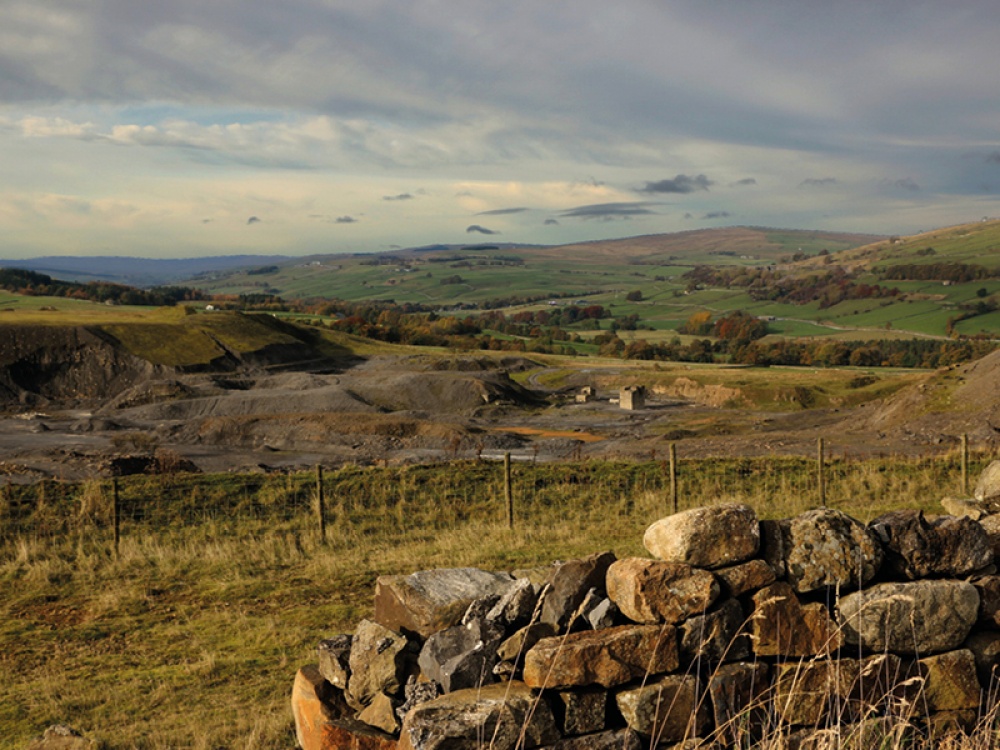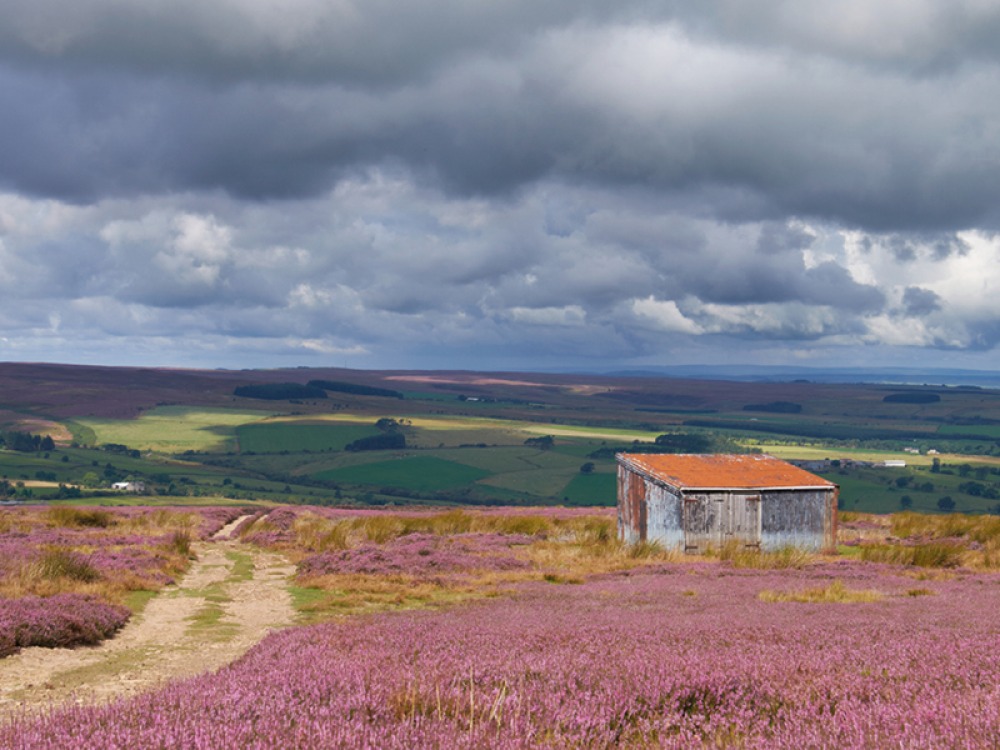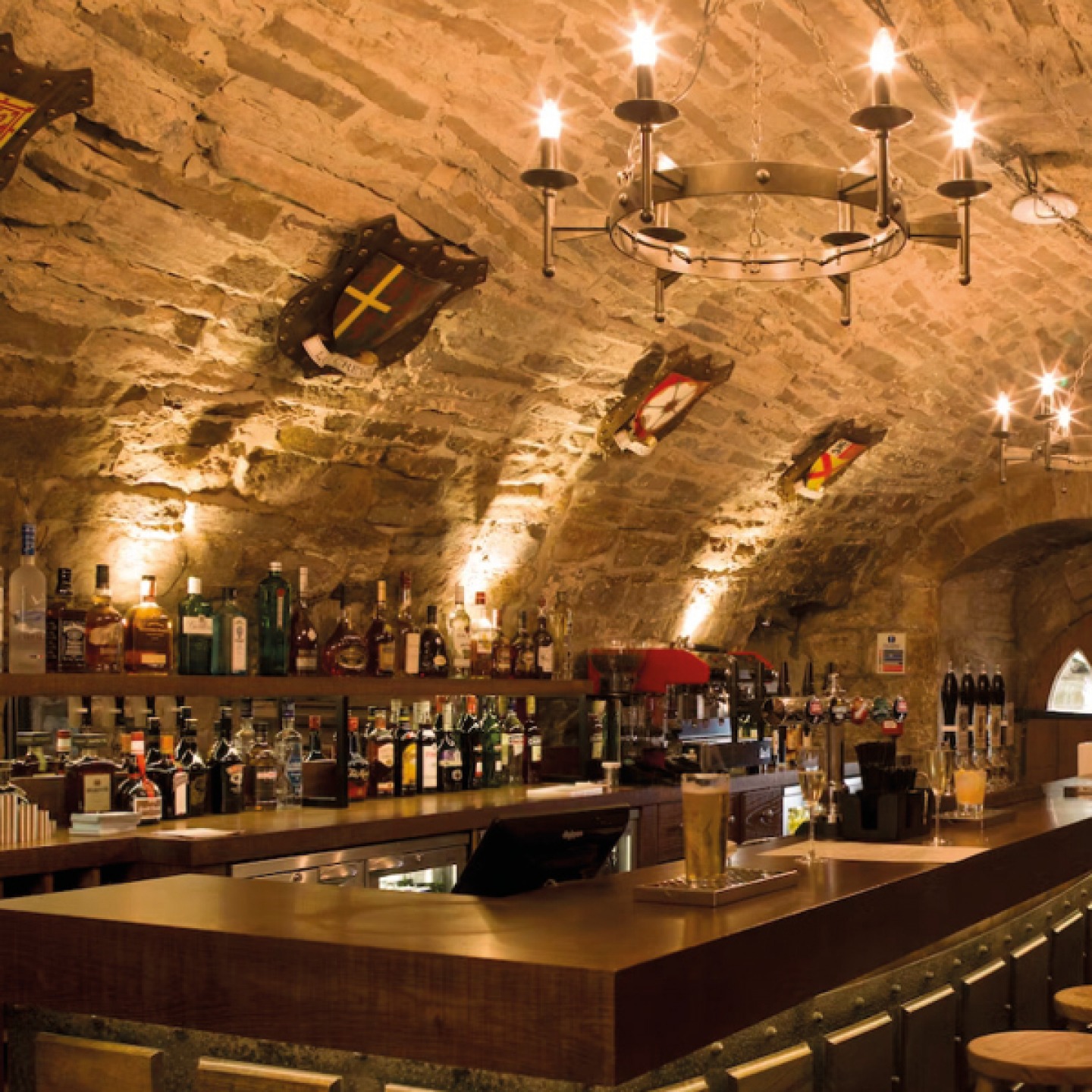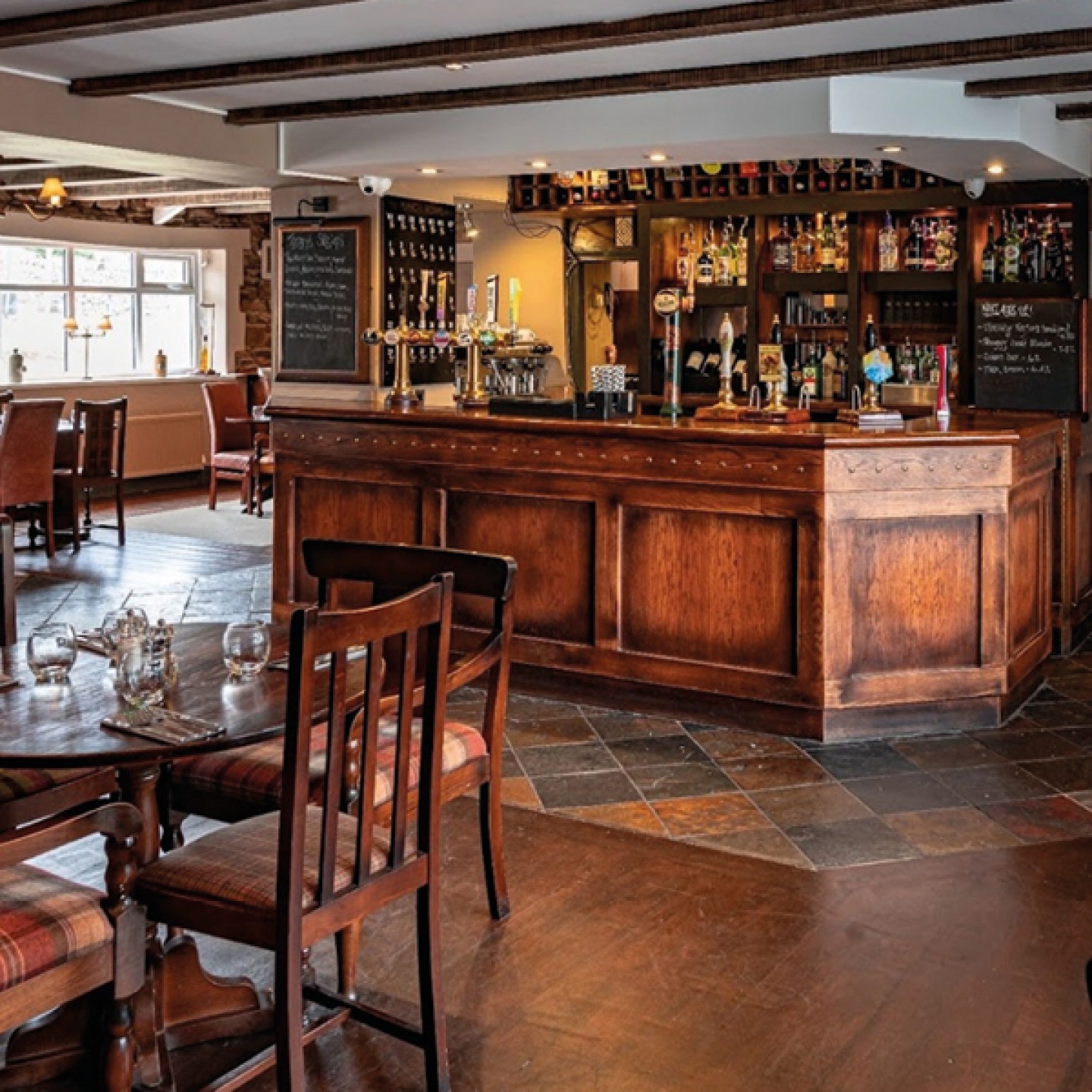The Quarry Walk

Starting in the market town of Stanhope you need to search out the cottage with the Dalek and Tardis outside (yes, really) and follow the road uphill until you reach a gate with a useful information board for Ashes Quarry, which is now just a vast mile-long hole in the ground but is where men worked with simple hand tools to dig the Great Limestone out of the fells for use in the flourishing iron industry in nearby Consett. Head through the gate into the quarry and cross the bridge in front of you to walk through the quarry and drop downward towards the quarry lake. Follow the path to the stone wall, through the gully and keep going straight ahead until you see a gate in the fence which you’ll need to go through, and then turn right and follow the track to the two bridges which span the quarry workings. The track will take you through two wooden gates towards the top of Crawleyside Edge and Crawleyside Incline. There were fixed steam engines at the top and bottom of the incline to help haul up trucks full of limestone from the quarry to join the now disused railway line, which is part of national cycle network. Crawleyside is also known for the Crawley Edge Cairns, a series of forty two Bronze Age round barrows (cremation mounds) and cairns in a south-facing sloping field in Crawleyside
This part of the track is covered with limestone chippings and takes you to the disused Millstone Quarry which provided so much of the local sandstone. At the quarry the track joins up with a second path which will take you right towards Collier Law. For anyone wanting a shortcut, or if the weather has turned, there’s an easy route back down into Stanhope from here. Those carrying on should head to the trig point (you need to climb over a wire fence here) but it’s worth it as the view across to the Cleveland Hills to the south east, and Tyneside to the north east is quite spectacular on a clear day.

Back over the fence turn left and follow the track beside the fence to the gate. Turn right and carry on until it bends right where you need to cross the heather to the hardcore (yellow) track. Turn left onto this new track for a short distance until you find a dirt path heading over the moors which you need to take. Head through a gate and turn right until you meet another stone track joining from the left which will take you up to the cairn on the top of Fatherley Hill Currick. Take time to soak up the expansive views from this vantage point before starting your descent back toward Stanhope.
From the cairn, follow the track back down (the transmitter will be ahead of you) until the fence line turns sharply right where you need to run right too, away from the track, and follow the narrow path which leads to a gate. Turn right through the gate and keep on the grassy track following the line of the wall, keeping it on your left until the track and wall diverge. Follow the track across the moorland and you’ll arrive at Shittlehope Edge. Using the sheep tracks descend to the wooden stile into the field and walk diagonally across towards the gap between the stone wall and a fence. Through the gap you’ll climb over a stile and head into the wood on the edge of Shittlehope Burn where the path takes you down stone steps to a footbridge over the burn, up some steps on the other side to a field and a metal kissing gate. There’s a limestone cave at Shittlehope Burn well worth seeking out if you have the time.
Once through that gate head up over the stile and cross the field to the left hand of two gates. Through the gate you’ll see a barn. Cross over the field, keeping the barn on your right, to a dry stone wall which you can follow to the gate and onto the road which takes you back into Stanhope.
Back in the town why not hop on the Weardale Railway, the heritage passenger service running from Stanhope to Woolsingham which takes you through the Area of Outstanding Natural Beauty. Off the train, pop in to the friendly Packhorse Inn for a pint.
Over the moors, the village of Edmundbyers, close to Derwent Reservoir, is where you’ll find the Derwent Arms. Well worth seeking out after a long walk, here handpumps in the cosy bar dispense a wide range of local ales to enjoy beside the roaring log fires and the full, all-day menu showcases local ingredients in the homely pub classics and there’s a specials board which changes regularly too.
In the pretty village of Blanchland, the Lord Crewe Arms is an historic inn with an atmospheric Crypt Bar where you can enjoy a pint and pub snacks, or, up the sweeping stone staircase, The Bishop’s Dining Room is a more formal space serving seasonal, delicious dishes.









